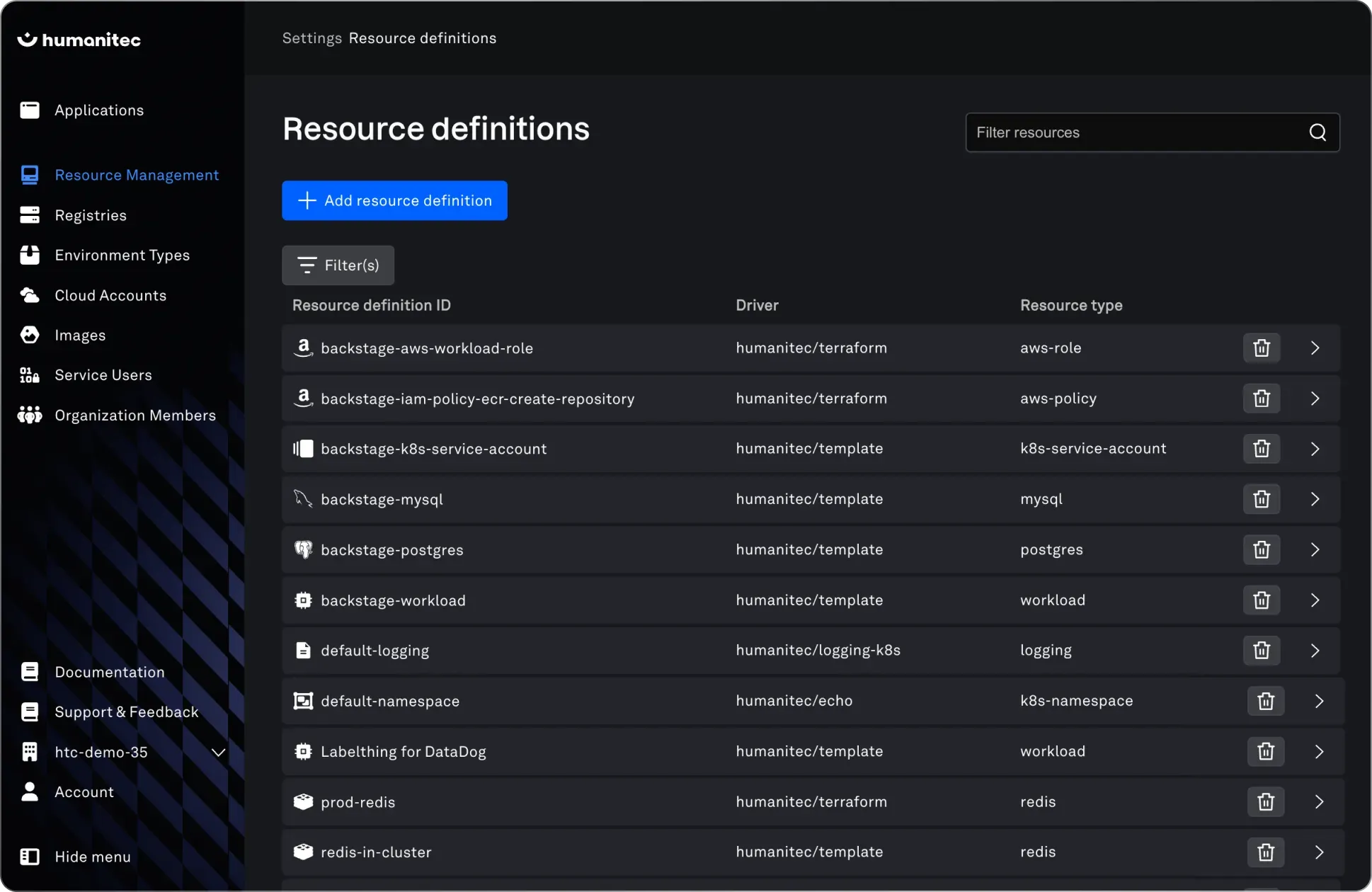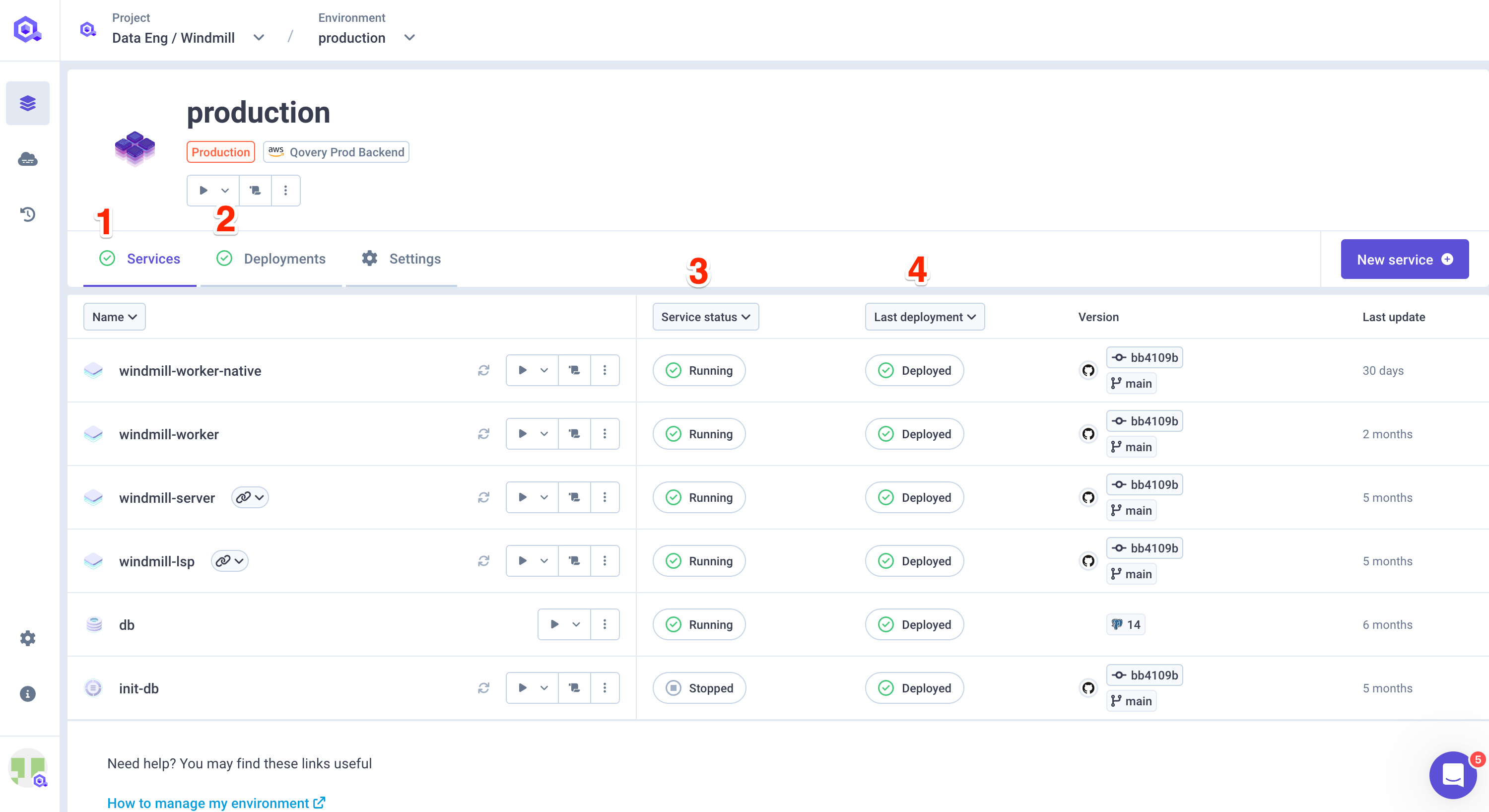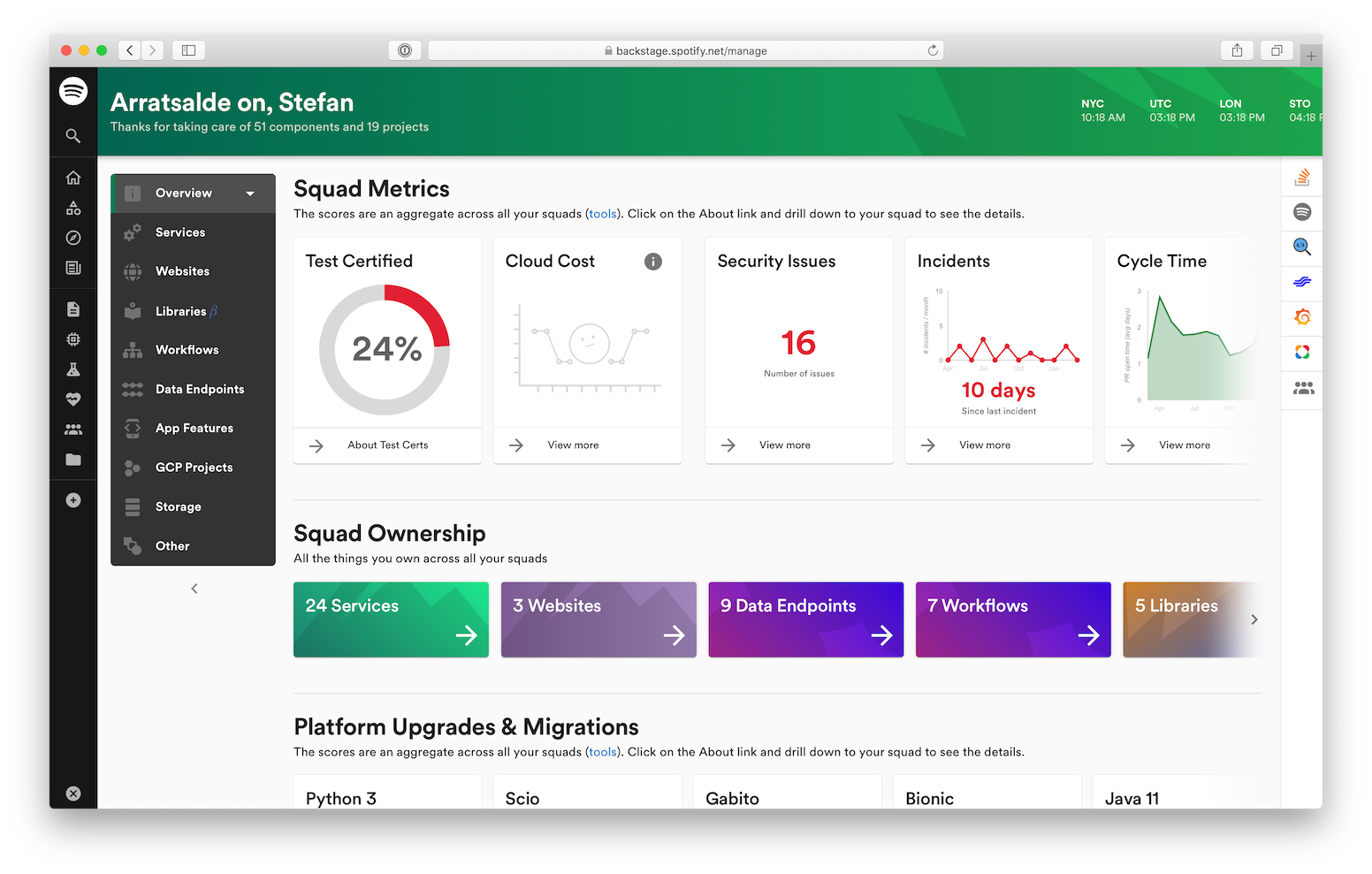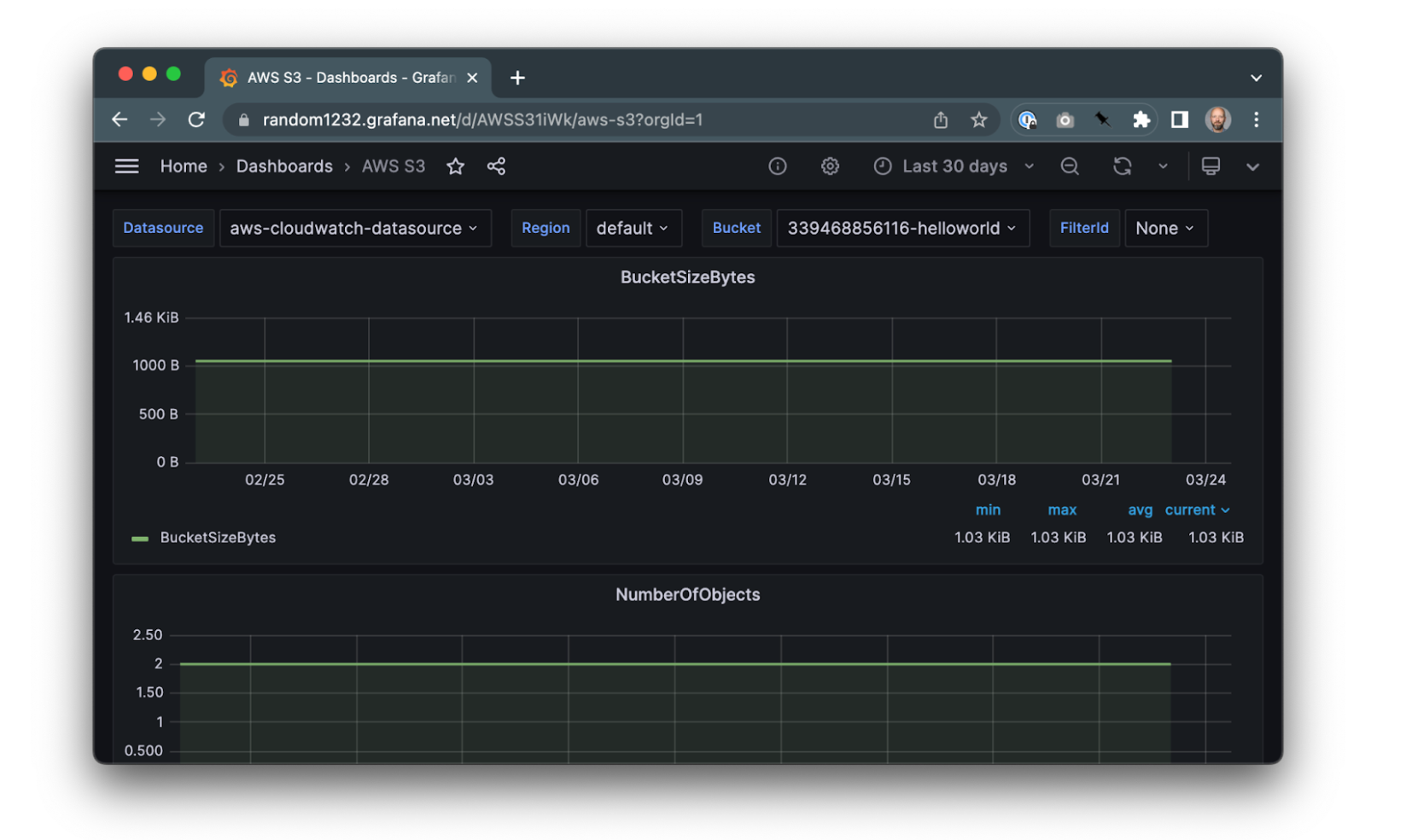What are Platform Engineering tools?
Platform Engineering tools empower organizations to build Internal Developer Platforms (IDPs), simplifying development workflows and boosting developer productivity. These tools automate infrastructure management, CI/CD pipelines, and other essential tasks, allowing development teams to focus on building and delivering applications. Key areas include infrastructure automation, CI/CD integration, tool configuration and operation, and centralized user access and control.
Enterprises use Platform Engineering tools to reduce operational overhead, automate manual tasks, and offer self-service capabilities to development teams. This approach centralizes platform operations, abstracts complex infrastructure, and provides reusable frameworks and templates for common workflows. These tools support enterprise goals like faster product releases, improved developer productivity, and stronger governance practices, all within an infrastructure- and environment-agnostic model.
Key features of Platform Engineering tools for large enterprises
Infrastructure as code and configuration management
Infrastructure as code (IaC) allows teams to define and manage infrastructure resources using configuration files programmatically. Tools like Terraform, Pulumi, and Ansible standardize resource provisioning across cloud environments, reducing the risk of configuration drift and manual error. With IaC, teams achieve consistent, repeatable infrastructure deployments, supporting rapid scaling and rollback capabilities in case of failure.
Configuration management complements IaC by automating updates and maintaining the desired state of systems after deployment. Solutions like Chef, Puppet, and SaltStack help enforce organizational policies, apply security patches, and handle environmental drift. Together, IaC and configuration management form the backbone of modern Platform Engineering, offering control, visibility, and rapid iteration over distributed workloads.
CI/CD and build automation
Continuous Integration and Continuous Deployment (CI/CD) pipelines automate the process of building, testing, and releasing code. Popular tools such as Jenkins, GitHub Actions, and GitLab CI help integrate testing and validation into the development cycle, reducing the feedback loop and enabling faster releases. These tools ensure consistent software quality by catching integration issues early and standardizing the deployment flow.
Build automation, integral to CI/CD, automates compiling source code, running tests, packaging artifacts, and deploying them to various environments. This level of automation eliminates repetitive manual steps and enforces best practices in the release process. For enterprises, robust CI/CD and build automation systems are essential to achieve high release velocity, decrease lead time for changes, and maintain a reliable deployment cadence.
GitOps and deployment automation
GitOps uses version control as the single source of truth for infrastructure and application deployments. Tools like Argo CD and Flux automate the synchronization of desired resource states, as defined in version-controlled repositories, with production environments. Any change to the environment, whether scaling, updates, or rollbacks, is performed via Git commits and pull requests, ensuring traceability and safe change management.
Deployment automation aligns with GitOps principles by further reducing human intervention during push-to-production workflows. Automated deployment tools monitor source repositories for changes and orchestrate rollouts across clusters and cloud environments. This approach provides repeatable, auditable, and consistent application delivery, which is vital for enterprises handling multi-region, multi-cloud architectures and strict compliance standards.
Internal developer portals and IDP tooling
Internal Developer Portals (IDPs) aggregate enterprise tools, documentation, APIs, and environments into a unified interface for developers. Platforms like Backstage simplify access to developer resources, standardize onboarding, and foster self-service operations, allowing teams to discover and provision services or deploy applications without bottlenecks. IDPs simplify complex environments and reduce cognitive overhead for engineering teams.
IDP tooling integrates with existing CI/CD, monitoring, and security systems, enabling automated workflows and governance enforcement. IDPs enhance discoverability and collaboration while complying with organizational standards by providing centralized access to templates, best practices, and team-specific tools. For enterprises aiming to improve productivity and reduce time-to-market, IDPs have become foundational in Platform Engineering strategies.
Ephemeral environments and workflow automation
Ephemeral environments are temporary, on-demand environments spun up for feature development, testing, or review. Tools such as Qovery or Harness automate the provisioning and teardown of these environments, ensuring resource efficiency and reducing cloud costs. Each environment can mirror production as closely as needed, enabling more accurate testing and reducing the risk of deploying invalidated changes.
Workflow automation extends platform capabilities by orchestrating processes across different tools, from code commit to deployment and monitoring. Automated workflows connect disparate software lifecycle stages, handling approvals, notifications, rollbacks, and compliance checks. Enterprises benefit from automated audit trails, reduced manual intervention, and better alignment with DevOps practices, enhancing speed and reliability across software delivery.
Compliance and governance
Large enterprises must enforce strict compliance and governance controls to meet internal standards and regulatory requirements. Platform Engineering tools address this by embedding policy enforcement, access controls, and audit mechanisms directly into workflows. Role-based access control (RBAC), policy-as-code frameworks, and integration with identity providers (e.g., LDAP, SSO) ensure that only authorized users can access and modify infrastructure or application components. These controls help maintain data privacy, security standards, and audit readiness without slowing development.
Tools also support audit trails, logging, and reporting for all platform operations, providing visibility into change history, configuration drift, and deployment actions. Compliance frameworks such as SOC 2, HIPAA, and ISO 27001 are easier to implement and maintain with automated checks and controls. By standardizing how environments are provisioned, updated, and managed, Platform Engineering tools reduce the risk of misconfigurations and shadow IT while supporting enterprise governance at scale.
Notable Platform Engineering tools for enterprise
1. Octopus
Octopus Platform Hub gives platform teams the structure to scale, without the overhead of building and maintaining internal tooling.
With connected templates, enforceable policies, and centralized governance, Platform Hub helps teams define how software gets delivered across environments and teams, while giving developers the autonomy to move fast, safely.
General features include:
- Provides reusable process templates that standardize deployment workflows across teams and projects
- Enables centralized management and version control of deployment patterns to reduce drift and duplication
- Offers policy-based governance using Rego to write custom compliance checks and block non-compliant deployments
- Integrates with existing Octopus Deploy automation capabilities
- Includes audit logging for policy evaluation events and deployment compliance tracking
- Supports project-level standardization while avoiding rigid one-size-fits-all approaches
Enterprise features include:
- Eliminates the need to build and maintain homegrown platform tooling that doesn’t scale
- Reduces engineering overhead through centralized template management and automated policy enforcement
- Enforces consistent, compliant, and auditable deployment practices across all environments
- Provides structured foundation for long-term delivery success with coordinated change management at scale
- Supports governance automation and visibility without creating development bottlenecks
2. Humanitec
Humanitec is a Platform Orchestrator intended to serve as the core of an Internal Developer Platform. It connects enterprise toolchains, infrastructure, and workflows into a unified system that enables developer self-service while enforcing organizational standards.
General features include:
- Automates infrastructure provisioning and configuration management to reduce developer cognitive load
- Uses Dynamic Configuration Management (DCM) with the Score specification to standardize workload configurations
- Provides open-source drivers for extensibility and integration with existing enterprise tools
- Supports multiple interaction methods, including CLI, UI, API, and Score-based workflows
- Allows developers to self-serve resources while platform teams define golden paths and governance rules
Enterprise features include:
- Enables higher deployment frequency, lower Ops overhead, and faster lead time
- Ensures compliance and consistency across environments by providing standardized infrastructure components
- Integrates with tools like Argo CD, Backstage, Terraform, and GitOps pipelines
- Reduces manual configuration by generating app and infrastructure configs with each deployment
- Provides role-based controls, auditability, and secure workflows for regulated industries
- Scales from developer organizations to Fortune 100 enterprises without vendor lock-in
![]()

Source: Humanitec
3. Qovery
Qovery is a DevOps automation platform that provisions and manages secure infrastructure while enabling developer self-service. It installs on Kubernetes clusters and abstracts away operational complexity so teams can deploy applications, manage environments, and scale without requiring dedicated DevOps staff.
General features include:
- Automates environment provisioning for development, QA, staging, and production
- Provides ephemeral environments for pull requests on GitHub, GitLab, or Bitbucket
- Offers multiple interfaces: CLI, API, Terraform provider, client libraries, and web UI
- Deploys applications directly from git repositories, building images and generating Helm charts automatically
- Integrates with existing CI/CD, monitoring, and security tools
- Includes built-in database provisioning, environment variables, and role-based access controls
Enterprise features include:
- Enables secure and compliant infrastructure provisioning in hours instead of months
- Delivers self-service capabilities that eliminate manual DevOps bottlenecks and improve developer experience
- Enforces governance through custom policies and standardized workflows across environments
- Provides cost optimization by automating lifecycle management and deleting unused environments
- Supports scalable operations by synchronizing with enterprise cloud accounts and Kubernetes clusters
- Strengthens security and compliance through centralized controls and policy enforcement
![]()

Source: Qovery
4. Backstage
Backstage is an open-source framework for building internal developer portals. Originally created at Spotify, it centralizes software assets into a single catalog, providing a unified way to manage services, libraries, data pipelines, and documentation.
General features include:
- Centralized software catalog for services, libraries, websites, ML models, and more
- Uniform view of ownership, dependencies, and related resources like deployments and pipelines
- Software templates that automate project setup with organizational best practices
- TechDocs system with a docs-as-code approach using Markdown alongside source code
- Customizable search platform to index and query internal and external sources
- Kubernetes plugin for service owners to view and manage deployments across clouds
- Plugin ecosystem with prebuilt extensions (e.g., Lighthouse, Tech Radar) and support for custom plugins
Enterprise features include:
- Provides discoverability and accountability, reducing orphaned or unmanaged software assets
- Enforces organizational standards by embedding best practices into golden paths and templates
- Improves developer onboarding and productivity through searchable documentation and services
- Cloud-agnostic Kubernetes integration that supports multi-cloud organizations from one UI
- Scales from small teams to enterprises managing thousands of services across distributed systems
- Extensible framework that integrates with enterprise tools (CI/CD, monitoring, knowledge bases) through plugins or custom development
![]()

Source: Backstage
5. Crossplane
Crossplane is an open-source control plane framework that enables platform teams to build custom APIs and abstractions for managing cloud-native infrastructure and applications. Built on Kubernetes, it extends the Kubernetes control plane to orchestrate resources without requiring teams to write complex controllers.
General features include:
- Extends Kubernetes with custom resources through composition, avoiding the need to write controllers
- Provides managed resources for common infrastructure (e.g., AWS RDS, load balancers, GitHub repos)
- Supports composition functions written in YAML, KCL, Python, or Go to define business logic
- Includes operations pipelines for tasks like certificate monitoring, upgrades, and scheduled jobs
- Offers a package manager to install providers, compositions, and control plane configurations
- Designed with extensibility, allowing providers and custom APIs to be added as needed
Enterprise features include:
- Encapsulates policies, permissions, and guardrails behind APIs for developer self-service
- Ensures compliance and drift correction by continuously reconciling desired and actual states
- Integrates with Kubernetes RBAC and security primitives for consistent access control
- Scales to support multiple control planes per region, team, or service through package-based deployments
- Enables multi-cloud and hybrid infrastructure management from a single control plane
- Backed by CNCF governance, open-source community adoption, and vendor-neutral design
![]()

Source: Crossplane
Conclusion
Platform Engineering tools for enterprises provide the automation, governance, and self-service capabilities necessary to scale software delivery without compromising reliability or compliance. By unifying infrastructure management, CI/CD workflows, developer portals, and observability, they enable organizations to reduce operational overhead, accelerate release cycles, and improve developer productivity.
Help us continuously improve
Please let us know if you have any feedback about this page.

